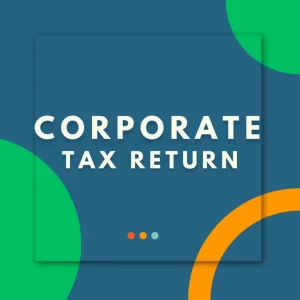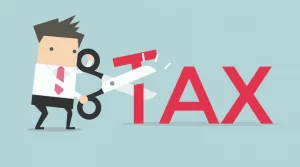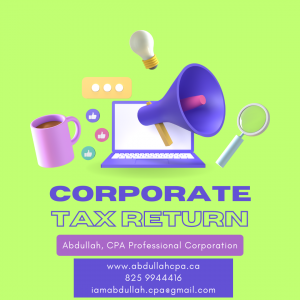TOSI is an incredibly complex new piece of legislation. The objective of this blog post is to offer a high-level overview of the new rules.
There are many nuances that are not covered here. Please be sure to consult a tax professional about your specific situation.
On December 13, 2017, the government released new proposals designed to prevent income splitting using private corporations. These became effective on January 1, 2018.
The objective of these rules was to eliminate the tax benefits of income splitting where the recipient of the income (a related family member) has not made a sufficient contribution to the family business.
Previously, TOSI rules only applied to people under 18. Any income taxed under those rules was subject to the highest personal marginal tax rates, eliminating any advantage gained by income splitting.
The TOSI rules apply to most income sources, including interest on a debt, dividends and capital gains. Keep in mind, salaries and wages have always been subject to a reasonableness test. A tax deduction will not be allowed in the business for amounts paid in excess of a reasonable amount, but will still be fully taxable to the recipient, resulting in double taxation.
There are 3 key players to a TOSI situation, they are defined below.

*The related business definition is very important, and also a bit difficult to follow. Generally speaking, it means any business in which a related person is involved or directly/indirectly owns 10% or more. However, separated spouses/partners are deemed not to be related for that year.
Keep in mind, a related person is defined by the CRA to include grandparents, parents, children, brothers, sisters-in-law etc. Uncles, aunts, cousins and nephew are not considered related persons.
Excluded Amounts (Income not subject to TOSI)
In addition to the 3 exclusions listed below, income inherited by the individual from a parent is excluded from TOSI. Also, income inherited from anyone by a full-time student or someone eligible for the disability tax credit is excluded from TOSI. Further, if the Source Individual has reached age 65, they are able to transfer any excluded amount to their spouse. The age of the spouse does not matter.
Excluded business – This exception can apply to any family member who is 18 or older. They must be engaged on a regular, continuous and substantial basis in the business. This can be proven on a factual basis or by working an average of 20 hours/week in the year, during the time that business is operating.
Alternatively, if the family member has worked an average of 20 hours/week in 5 previous years, they meet the requirement. The years do not have to be in succession. For example, if in 2008, 2010, 2012 and 2014 that family member worked an average of 20 hours/week, this exception is met. Be prepared to document this if the CRA asks! It would be a good idea to do so now.
A few other important points related to the excluded business exception:
– Timesheets are not expected to be sufficient in proving that the family member was engaged appropriately in the business;
– A more acceptable form of proof will be email communication. We recommend that a separate email address is set up for each individual to show a clear involvement in communication for business purposes;
– Excluded business attributes are generally inherited for property acquired as a result of death.
Excluded shares – This exception can apply to any family member who is 25 or older. This exception only applies to corporations where less than 90% of the business income of the corporation is from services (see below). Also, this exception does not apply to professional corporations. A family member who owns shares that represent at least 10% of both votes and value of the company holds excluded shares.
For 2018, there is a special transitional rule in place allowing for the excluded share test to apply for income earned at any time in the year by a family member, as long as their shares are excluded shares at the end of the year.
Going forward, the shares will have to be excluded shares at the time the income is received.
– The CRA has confirmed that it will be difficult for shares of a holding company to be excluded shares where the income of the holding company is dividend income received from a subsidiary operating company that is a related business. To achieve the “excluded shares” exclusion, less than 10% of the income of the corporation can be from a related business outside the corporation;
– This exclusion is not available for shares held through a Family Trust.
*So, what is services income? Well, “provision of services” in only defined in 4 places within the Act. This leaves a great deal of ambiguity with respect to the new TOSI rules. While we await further direction from the CRA, we define service income as being that which:
– is NOT the provision of a concrete thing that gets made or sold; and,
– DOES absolutely require face to face interaction.
Reasonable returns – This exception can apply to any family member who is 25 or older. A reasonable amount of income (ie. dividends) can be paid to a family member that represents a reasonable return on their contribution to the business.
Examples of the contribution made include:
– Work performed;
– Property contributed;
– Risks have been taken with respect to the business.
For example, was a home owned by the specified individual mortgaged to provide the related business with capital to start?
It is important to compare the reasonable return of the specified individual with the income of the source individual, to ensure it is reasonable given the full picture.






